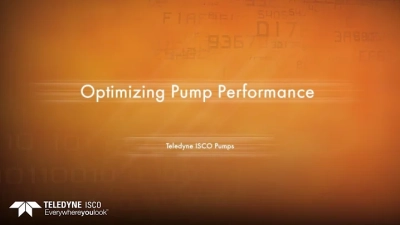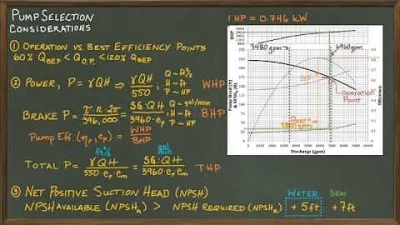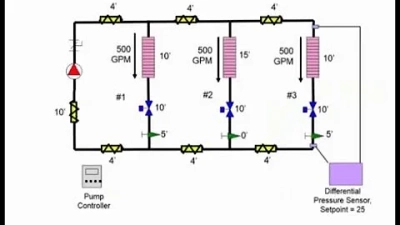- Home Page
- Company Profile
-
Our Products
- Hydraulic Pumps
- Hydraulic Solenoid Valves
- Conventional Valves
- Proportional Valves
- Safety Valves
- Mobile Control Valves
- Hydraulic Motor
- Cylinders and Servo Cylinders
- Hydraulic Filters
- Hoses and Fittings
- Gates Hydraulic Hose
- MP Filters Filters
- Dowty Gear Pumps
- Polyhydron Valves
- Manifold Blocks
- Walvoil
- Spica
- Hand Pumps
- ATOS Hydraulic Components
- Blog

How to Optimize Your Pump Valve Selection for Maximum Efficiency
In the realm of fluid dynamics, the selection and optimization of pump valves play a crucial role in enhancing operational efficiency and reducing energy costs. According to a report by the U.S. Department of Energy, improper valve selection can lead to energy losses of up to 30% in pumping systems. Furthermore, the Hydraulic Institute states that optimizing pump valve configurations can result in significant improvements in system performance and longevity, often translating to cost savings that exceed 25% on maintenance and operational expenditures. As industries increasingly seek to lower their carbon footprints and comply with stringent regulations, effective pump valve selection has become essential. This blog will delve into strategies for optimizing your pump valve selection, ensuring maximum efficiency and reliability in your operations.
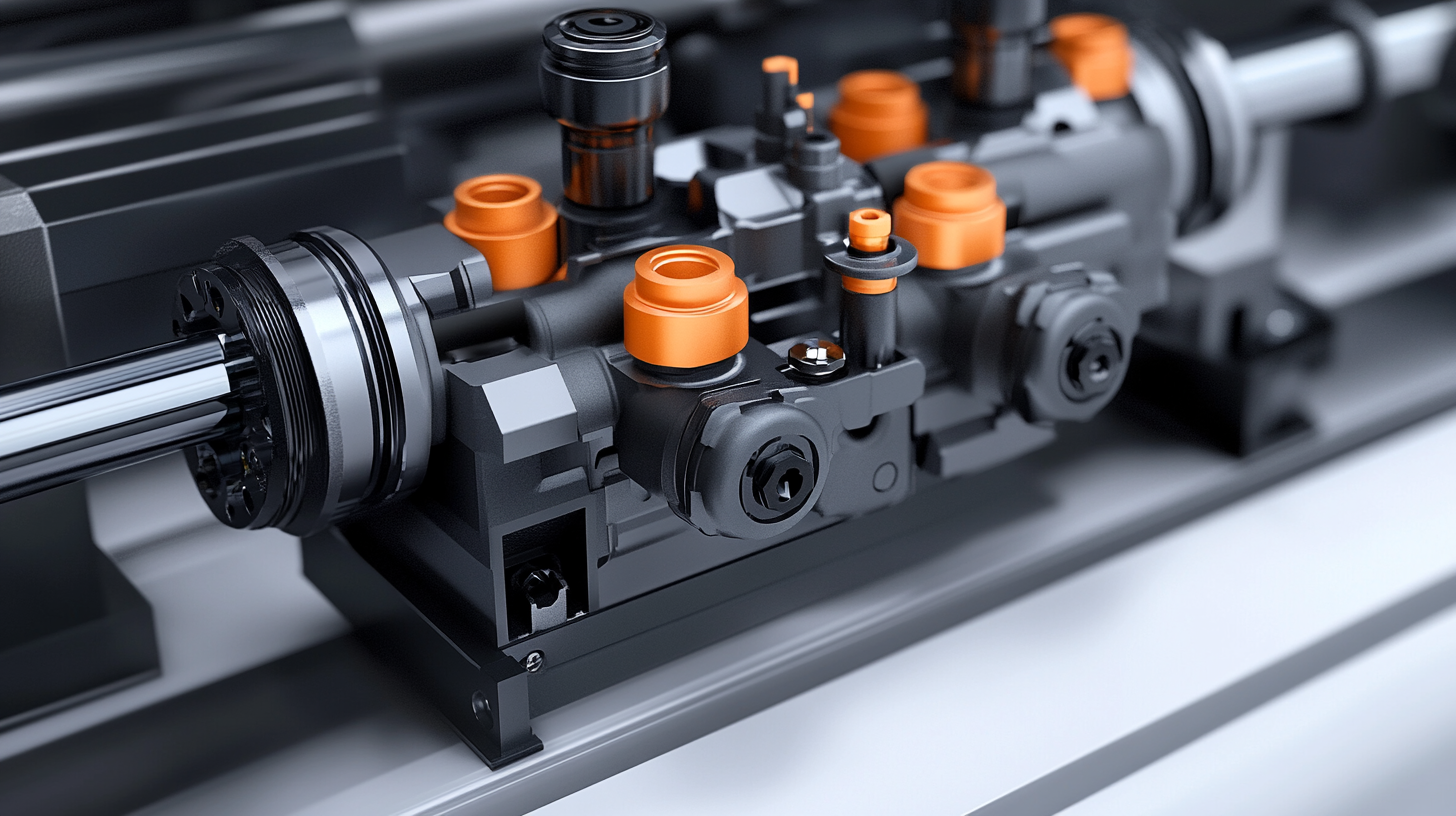
Understanding the Different Types of Pump Valves and Their Applications
When it comes to optimizing pump valve selection for various applications, understanding the different types of pump valves is essential. The three primary types of pump valves—check valves, gate valves, and ball valves—each serve distinct purposes and offer unique advantages in hydraulics systems. According to the Hydraulic Institute's 2022 report, approximately 30% of energy loss in pumping systems can be attributed to improper valve selection. For instance, check valves are critical for preventing backflow, making them vital in applications where consistent flow direction is necessary.
Gate valves, on the other hand, excel in on/off service, providing minimal flow restriction when fully open. This capability is particularly advantageous in large industrial systems, where pressure drop can significantly affect overall efficiency. The same 2022 report highlights that using the right gate valve can save up to 15% in energy costs by reducing unnecessary turbulence and ensuring optimal flow rates. Finally, ball valves stand out due to their durability and quick operation, ideal for applications requiring rapid shutoff. They offer a reliable sealing mechanism, important in maintaining pressure and fluid integrity, thereby enhancing overall system performance. Understanding these valve types allows engineers and decision-makers to choose solutions that align with their specific operational needs, leading to better efficiency and reduced operational costs.
Key Factors to Consider When Selecting the Right Pump Valve
When selecting the right pump valve, several key factors must be considered to ensure maximum efficiency and optimal performance for your system. First, understanding the specific application is crucial. Different fluids, temperatures, and pressures will require different valve materials and designs. For instance, if you’re dealing with corrosive chemicals, materials like stainless steel or specialized plastics may be necessary to prevent degradation and ensure longevity.
Another important aspect to evaluate is the flow characteristics of the valve. Valves are designed to control fluid motion and minimize pressure loss. Therefore, it is essential to choose a valve with the right flow rate and pressure drop characteristics to match your system's requirements. Additionally, consider the valve type—whether it's gate, globe, ball, or check valves—as each serves a unique purpose and influences overall efficiency.
Lastly, maintenance and accessibility should not be overlooked. Select valves that can be easily maintained and serviced to minimize downtime. Ensuring that valves are sized appropriately and installed in accessible locations can significantly enhance the reliability and efficiency of your pumping system. By carefully considering these factors, you can optimize your pump valve selection to achieve peak operational efficiency.
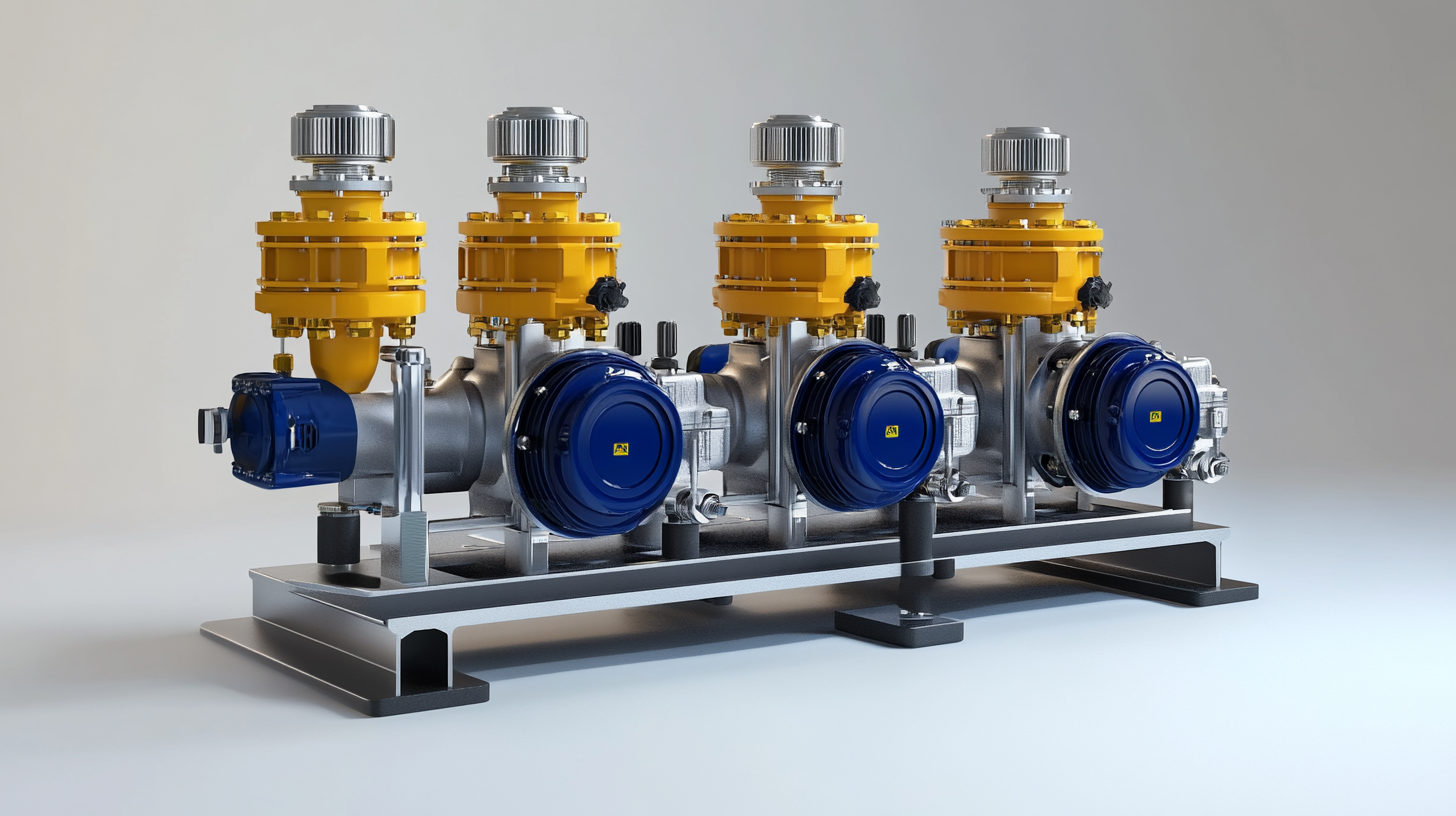
The Role of Materials and Design in Pump Valve Efficiency
When selecting pump valves, the materials and design play a critical role in achieving maximum efficiency. According to a 2022 study by the Hydraulic Institute, the right material choice can enhance the durability and performance of a pump valve, leading to significant energy savings. For instance, valves constructed from stainless steel exhibit better corrosion resistance compared to those made of carbon steel, which can degrade over time when exposed to harsh fluids. This durability translates into lower maintenance costs and reduced downtime, making it an essential factor in operational efficiency.
Furthermore, valve design significantly impacts flow dynamics and energy consumption. A comprehensive report by the American Society of Mechanical Engineers (ASME) indicates that optimizing valve geometry can decrease turbulence, thereby reducing energy losses. Specifically, designs that incorporate streamlined profiles can improve flow rates by as much as 15% compared to traditional designs. Adopting such advanced designs not only boosts efficiency but also contributes to a more sustainable operation by reducing the overall energy footprint of pumping systems. As industries strive for innovation, prioritizing the right materials and thoughtful design in pump valve selection is essential for maximizing operational efficiency and achieving long-term cost savings.
Pump Valve Efficiency Breakdown
Maintenance Tips to Ensure Optimal Performance of Pump Valves
Proper maintenance is crucial in ensuring the optimal performance of pump valves. Regular inspection is essential; checking for wear and tear or any signs of leakage can help identify potential issues before they escalate. Ensure that all moving parts are lubricated according to the manufacturer's specifications to reduce friction and extend the lifespan of the valve. Additionally, monitoring the operating conditions, such as pressure and temperature, can prevent strain on the valve, allowing it to function efficiently without unexpected failures.
Cleaning is another key aspect of valve maintenance. Accumulation of debris and sediment can hinder the performance of pump valves, leading to inefficiency. Establish a routine cleaning schedule and employ the appropriate cleaning agents that won't damage the valve materials. It's also important to replace any worn-out seals or gaskets to maintain a tight seal and prevent leaks, which can drastically affect performance and energy efficiency. By following these tips, you can ensure that your pump valves operate at their best and contribute to the overall efficiency of your pumping system.
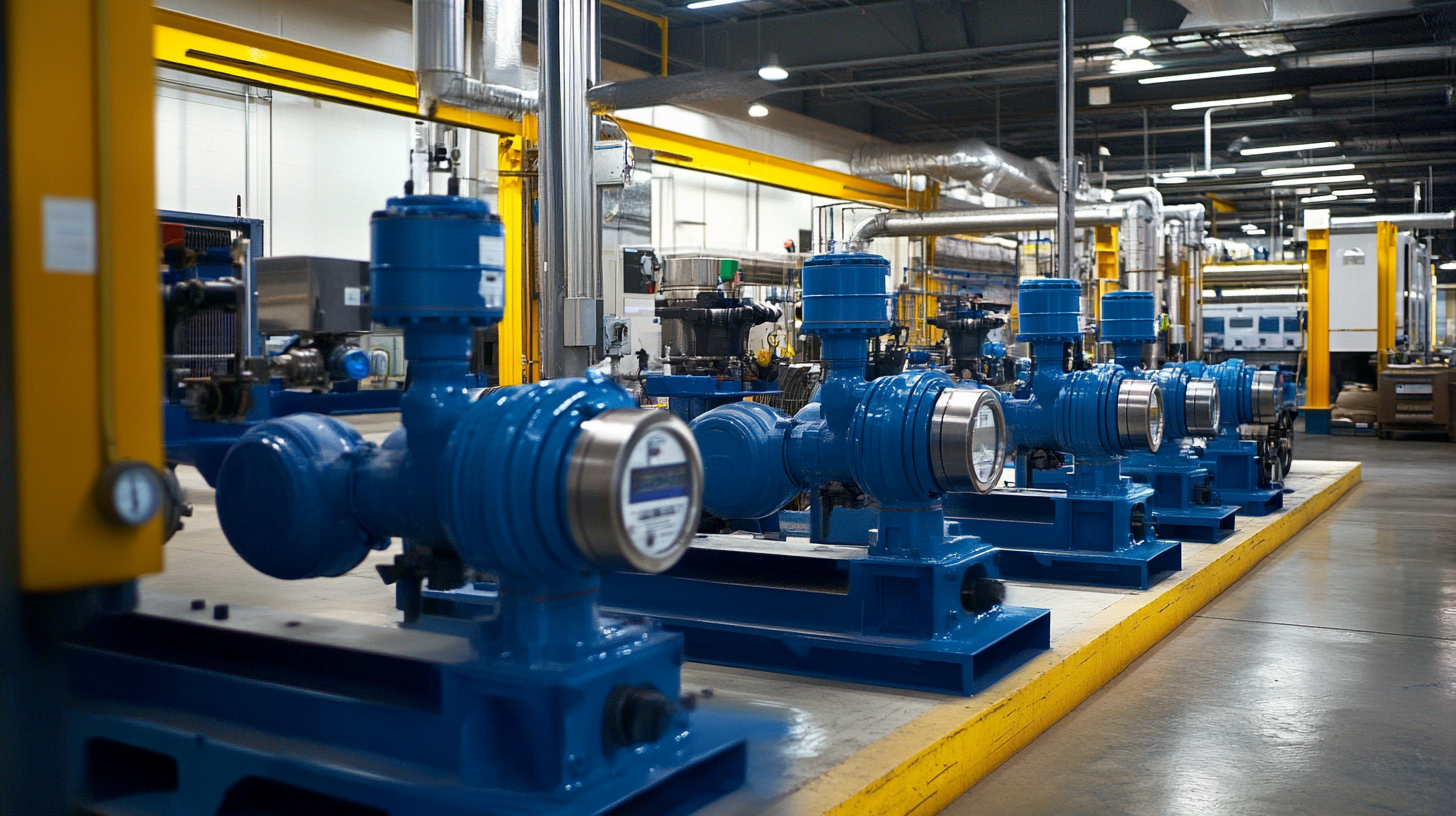
Evaluating Performance Metrics to Improve Pump Valve Selection
When it comes to optimizing pump valve selection, evaluating performance metrics is crucial for achieving maximum efficiency. Performance metrics such as flow rate, pressure drop, and valve response time play significant roles in ensuring that the chosen valve meets the specific demands of the pumping system. By closely analyzing these metrics, engineers can identify which valves will operate best under varying conditions, ultimately enhancing the overall reliability and lifespan of the system.
One key factor to consider is the flow rate. It is essential to match the valve's flow capacity with the system's requirements to prevent issues such as cavitation or excessive wear. Additionally, understanding the pressure drop across the valve can help in assessing its efficiency. A valve with a lower pressure drop will allow for more energy-efficient operations, resulting in cost savings over time. Valves should also be evaluated for their response time, which affects how quickly the system can react to changes and maintain optimal performance. By prioritizing these performance metrics, businesses can make informed decisions that lead to improved pump valve selection and ultimately greater system efficiency.
Optimizing Pump Valve Selection for Maximum Efficiency
This chart displays the performance metrics of different pump valves based on flow rate and energy efficiency. The goal is to highlight which valves provide the best efficiency for optimizing pump valve selection.
Developed and Managed byInfocom Network Private Limited.
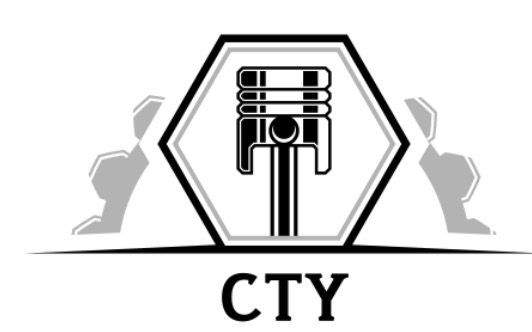
 Send Inquiry
Send Inquiry